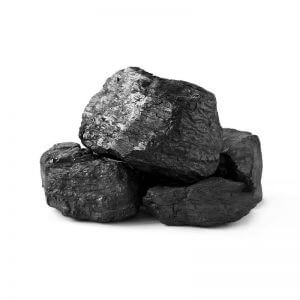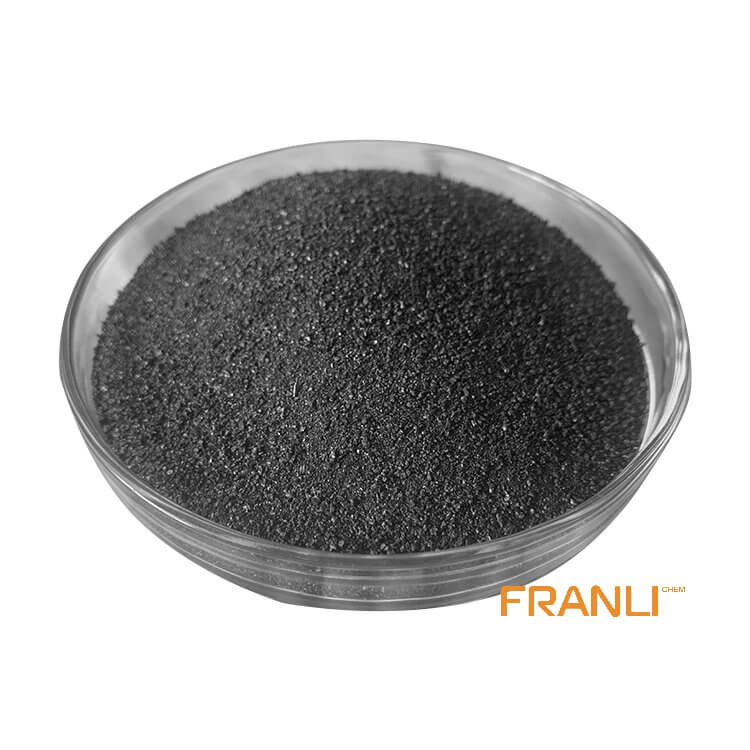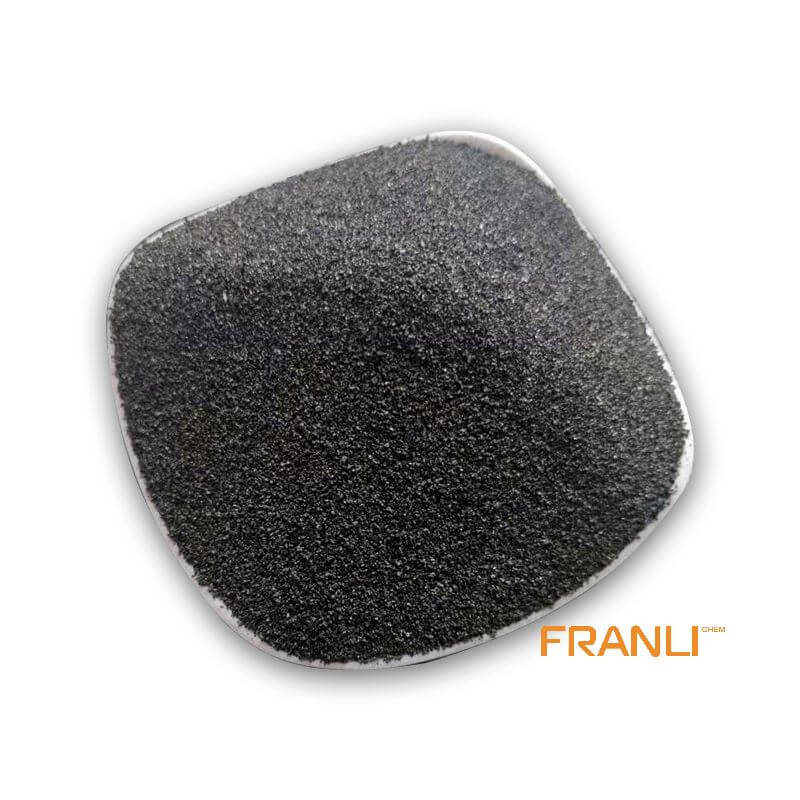



Petroleum Coke
Size
According to your requirements
Package
25 kg small bags into ton bags or ton bags
Features
Low ash content and low boiler ash discharge, etc.
Application
Depending on its quality, petroleum coke can be used in industries such as graphite, smelting and chemical industry, etc
Petroleum coke, as a byproduct of petroleum, is produced in the process of petroleum processing, that is, the crude oil is distilled to separate light and heavy oil, and the heavy oil is converted into petroleum coke by hot cracking. If petroleum coke can be obtained directly from petroleum processing, then the petroleum coke is raw coke or ordinary coke. Petroleum coke has irregular shape, dark gray or black, porous structure and metallic luster.
Request a quoteDelayed coking is an important secondary processing link of petroleum coke, which is a process in which heavy oil is quickly passed through the heating furnace tube without coking in the furnace tube, so that the coking reaction is delayed to the coke tower. The coking furnace is the heart of the entire plant, and controlling the coking of furnace tubes is the key to the smooth operation of this process.
However, the conventional delayed coking technology only reduces the coke yield by increasing the outlet temperature of the coking furnace, which is easy to lead to high dry gas yield, affect the light oil yield, and the furnace tube cokes too quickly, which restricts the economic benefits and operational safety of the device.

Coking method
Open-hearth coking, kettle coking: The early coking process for the production of petroleum coke was kettle coking or open-hearth coking, and a large number of delayed coking is currently used. In addition, a small number of refineries use coking processes such as fluidized coking and contact coking.
The properties of petroleum coke are not only related to raw materials, but also closely related to the delayed aggregation of coking process.
Raw materials that affect delayed coking
Mainly vacuum residue oil, secondary processing residue oil (such as thermal cracking residue oil, catalytic cracking residue oil, light oil cracking residue oil, petroleum asphalt), and sometimes directly use crude oil.
The quality of petroleum coke is first related to the composition and characteristics of crude oil or residue oil, and the properties of various crude oils are different, so the properties of the residue oil obtained after distillation processing are also different, that is, the same crude oil after different processing devices, the properties of the residue oil are also very different. Therefore, the graphitization of this oil set has higher resistivity and a larger coefficient of linear expansion. Generally, the delayed coke volatile content produced by the delayed coking process is as high as 8%-15%, there is more powder coke, and the mechanical strength of coke is low.
Characteristics of petroleum coke delayed coking
Residue oil at a high flow rate through the furnace tube, oil residue heating to delayed coking device is generally a heating furnace equipped with two coking towers, heating to the specified temperature of the residue oil into one of the two coking towers, when coke in the coking tower generation and accumulation to a certain height, that is, hot residue oil switched to another coking tower, for the coking tower outside the vapor, liquid product recovery fractionation system is continuous production, for the two coking towers, only one is in the coking production state, the other is in the coking or preparation state.

The residual oil is coking in the coking tower by the heat brought in by itself, and a large amount of steam and liquid products are discharged from the top of the tower, and the residue is petroleum coke, and the amount of coke accounts for 10%-20% of the residual oil of the tower. The coking time of the residue oil in the coking tower takes about 24h, depending on the nature of the residue oil and the size of the cycle ratio, the processing capacity of each column is different.
Petroleum coke coking process
Contact coking and fluid coking: contact coking belongs to thin oil layer coking, contact coking heat carrier is coke particles, the active surface of the coke particles is the center of generating a new coke layer, according to the different size of the heat carrier coke particles, can be divided into:
(1) Moving bed with large particle size contact coking (rarely used)
(2) The fluidized bed contact coking of powdered coke, referred to as fluidized coking.
The liquid product yield of the fluidized coking pair is high, but the coke yield is low and mostly powdered coke, which is not suitable for the manufacture of graphite electrodes.
The purpose of calcination is to remove the volatile content of petroleum coke as much as possible, which can reduce the hydrogen content of petroleum coke products, improve the degree of graphitization of petroleum coke, improve heat resistance, and improve the conductivity of graphite electrodes, and can also be used as dense coke for casting process.



